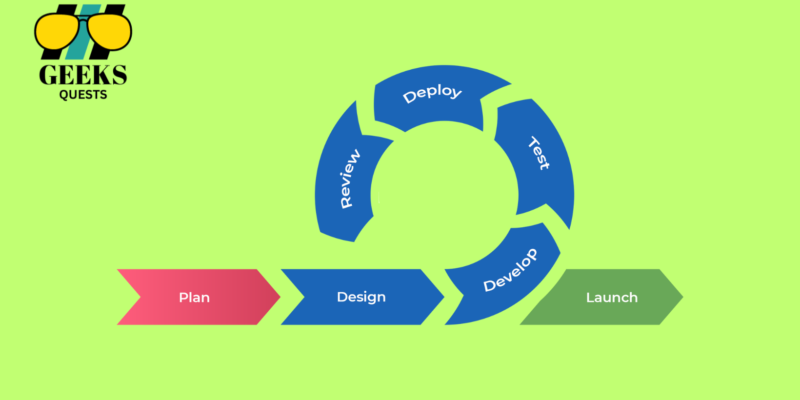Agile methodology has revolutionized the landscape of software development, providing a flexible and collaborative approach to project management. In this comprehensive guide, we’ll explore the steps to successfully implement Agile methodology in your software development process, fostering adaptability, collaboration, and faster project delivery.
Understanding the Core Principles of Agile Methodology
Before diving into the implementation process, it’s crucial to grasp the fundamental principles that underpin Agile methodology. Agile is centered around iterative development, collaboration, and customer feedback, emphasizing adaptability to changing requirements throughout the development lifecycle.
Step-by-Step Guide to Implementing Agile Methodology
Step 1: Educate Your Team on Agile Principles
Begin by educating your development team and stakeholders on Agile principles. Ensure a shared understanding of concepts like iterative development, regular feedback, and the importance of customer collaboration. This shared knowledge forms the foundation for successful Agile implementation.
Step 2: Select an Agile Framework
Choose an Agile framework that aligns with your project and organizational goals. Popular frameworks include Scrum, Kanban, and Extreme Programming (XP). Each framework has its unique characteristics, and selecting the right one depends on the nature of your project and team dynamics.
Step 3: Establish Cross-Functional Teams
Form cross-functional teams composed of members with diverse skills and expertise. This diversity promotes collaboration and allows for a holistic approach to problem-solving. Cross-functional teams are a key element in the Agile methodology, fostering a sense of collective ownership of project outcomes.
Step 4: Create a Prioritized Product Backlog
Develop a prioritized product backlog containing a list of features, enhancements, and tasks. This backlog serves as a dynamic document that evolves throughout the project, allowing the team to adapt to changing requirements and prioritize work based on customer value.
Step 5: Plan Sprints and Conduct Sprint Planning Meetings
Divide the project into time-boxed iterations known as sprints. Conduct sprint planning meetings to determine which items from the product backlog will be addressed in the upcoming sprint. This collaborative planning process ensures that the team is aligned on goals and expectations.
Step 6: Embrace Regular Reviews and Retrospectives
Hold regular sprint reviews to showcase completed work to stakeholders and gather feedback. Additionally, conduct retrospectives at the end of each sprint to reflect on the team’s performance and identify areas for improvement. These continuous feedback loops contribute to ongoing process enhancement.
Step 7: Implement Continuous Integration and Delivery
Integrate continuous integration and continuous delivery (CI/CD) practices to streamline the development process. Automation of testing and deployment processes ensures a reliable and efficient delivery pipeline, reducing the time between development and production.
Conclusion: Cultivating Agile Excellence in Software Development
In conclusion, implementing Agile methodology in software development is a strategic move towards fostering adaptability, collaboration, and delivering value to customers. By educating your team, selecting an appropriate framework, forming cross-functional teams, creating a prioritized product backlog, planning sprints, embracing regular reviews, and implementing CI/CD practices, you pave the way for Agile excellence.
Agile is not just a methodology; it’s a mindset that values individuals and interactions, working solutions, and customer collaboration. As you embark on your Agile journey, keep these principles at the forefront, fostering a culture of continuous improvement and innovation in your software development process.












Comments